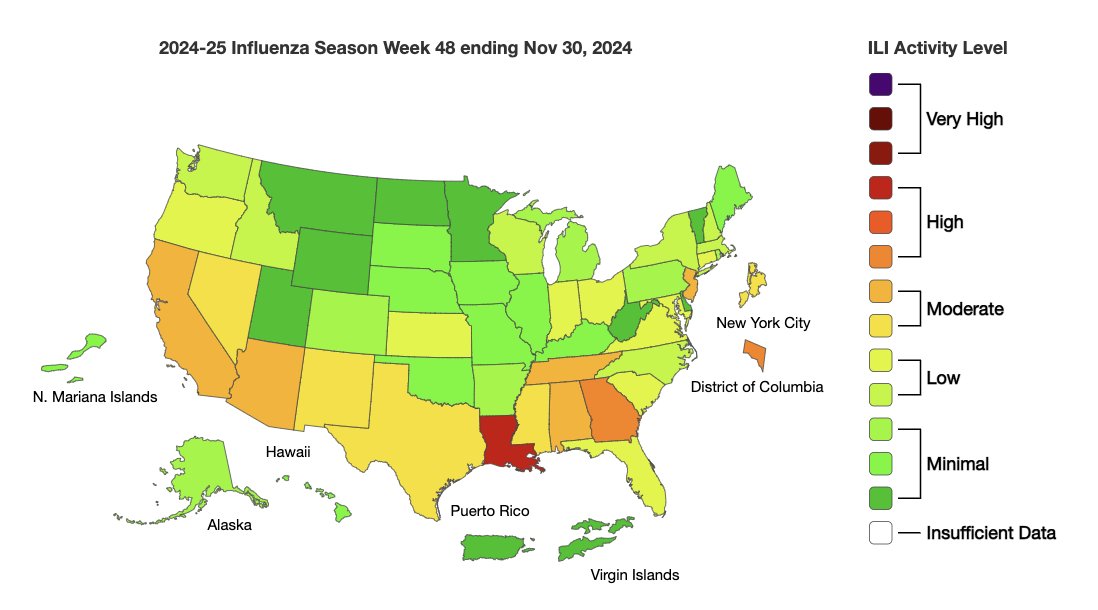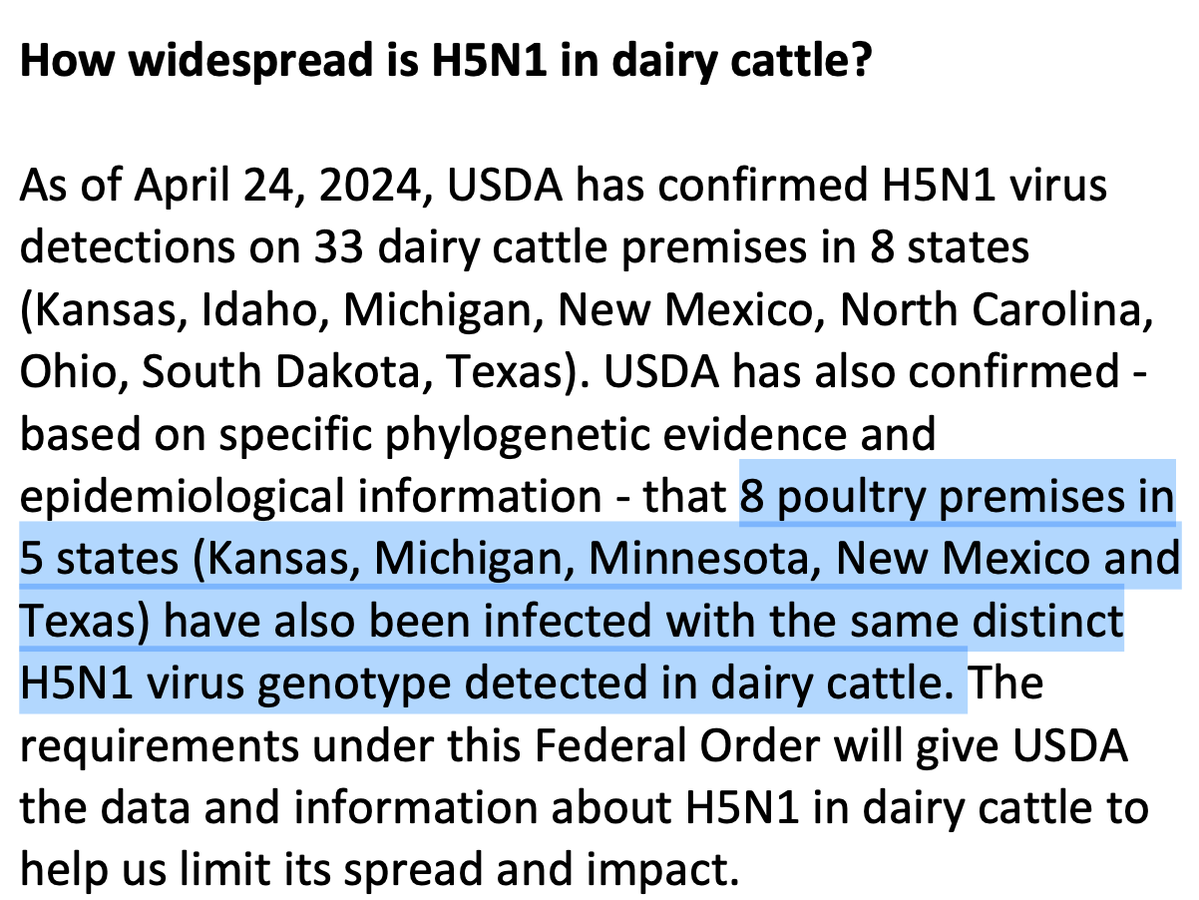1. A #MPX 🧵
The latest technical brief from @UKHSA suggests that the trajectory of the #monkeypox outbreak in the UK is slowing. HSA says there are signs the outbreak has plateaued.
The latest technical brief from @UKHSA suggests that the trajectory of the #monkeypox outbreak in the UK is slowing. HSA says there are signs the outbreak has plateaued.

2. But the plateauing that @UKHSA is reporting is not happening in all locations with #monkeypox outbreaks. 

3. Fascinating (to me): @UKHSA says that while the majority of the #MPX viruses they've sequenced are from the outbreak strain, 2 are not. They cluster with the cases @CDCgov reported back in early June. Indian scientists have also detected these viruses. statnews.com/2022/06/03/gen…
4. The @UKHSA #monkeypox technical brief gives no detail on the 2 cases they detected from a different clade of the virus. So no info on whether they traveled, are GBMSM. I wonder if they are from the family cluster reported in early May. Just a guess. I'd love to know more. 

5. @UKHSA is monitoring the number of cases in women to see if there is evidence that transmission is extending outside of the GBMSM networks which to date have made up the vast majority of cases. To date the percentage of cases made up by women appears not to have increased. 

6. The @UKHSA technical brief contains a lot of information we're not getting in the US about who is being diagnosed with #monkeypox. As has become clear, a lot of the cases are in GBMSM who have multiple partners or anonymous sex. 

7. In the UK, the available data suggest most of the #monkeypox cases are in white men. But does this represent what's actually happening, transmission wide? Or does it reflect who is getting tested?
Epidemiologists, thoughts on this?
Epidemiologists, thoughts on this?

8. The @UKHSA technical brief outlines in detail the critical research questions about #monkeypox that need answering. It's worth a read but too long to screenshot. But here's a list of what HSA is working on, #MPX study-wise. 

• • •
Missing some Tweet in this thread? You can try to
force a refresh



















